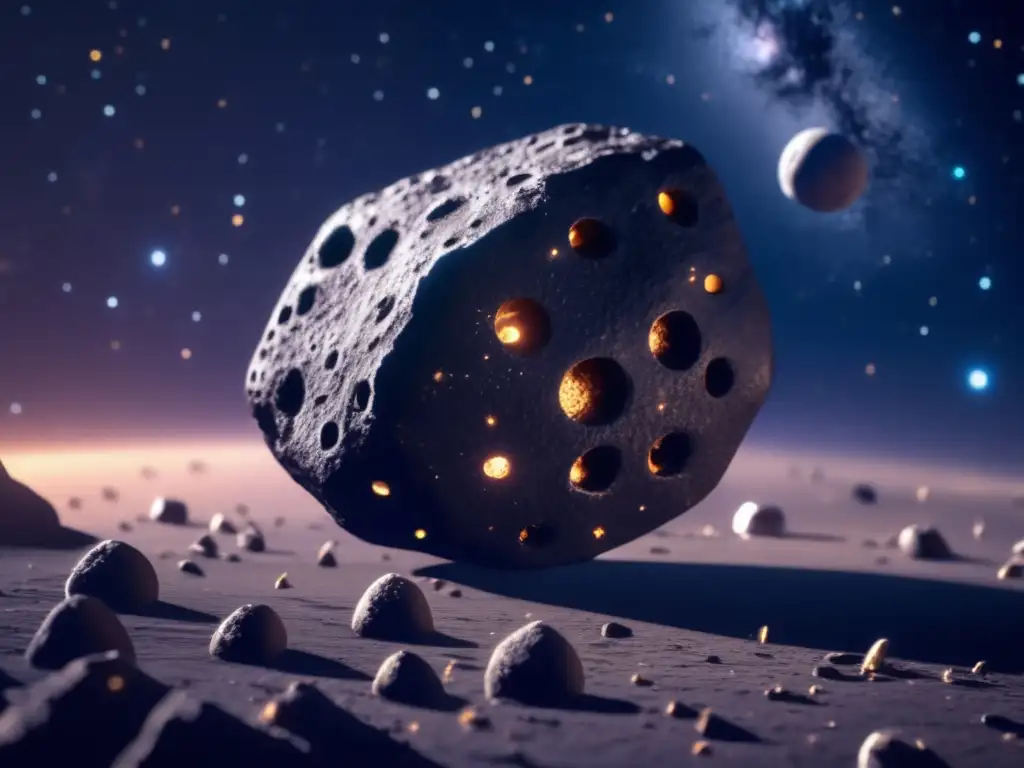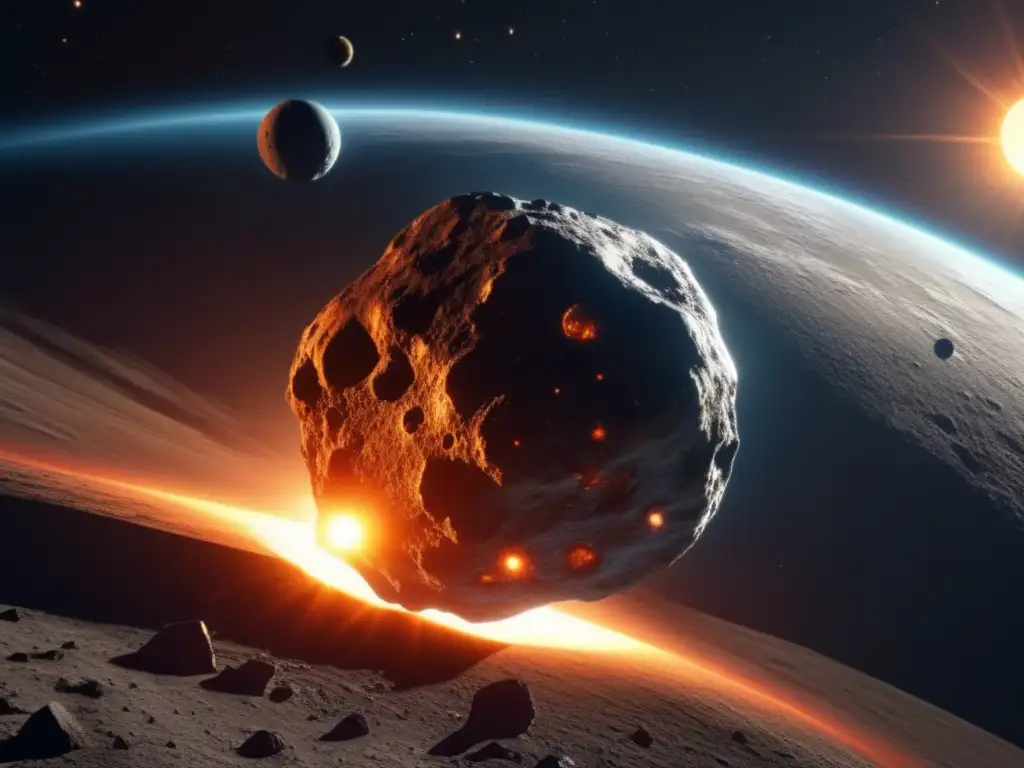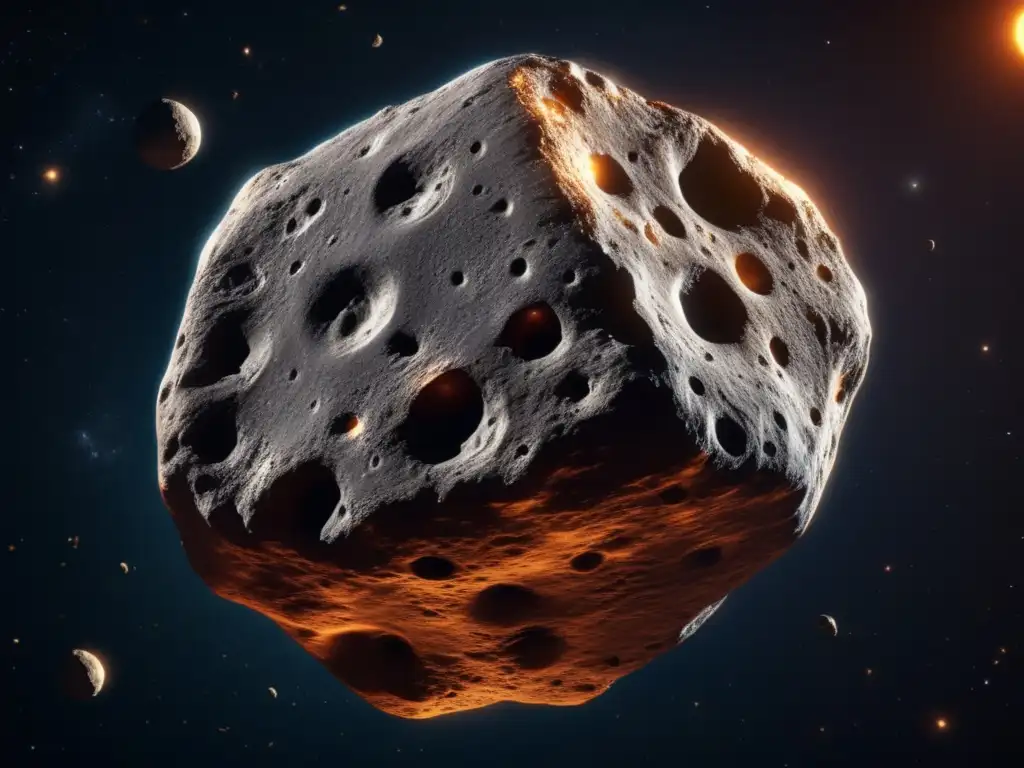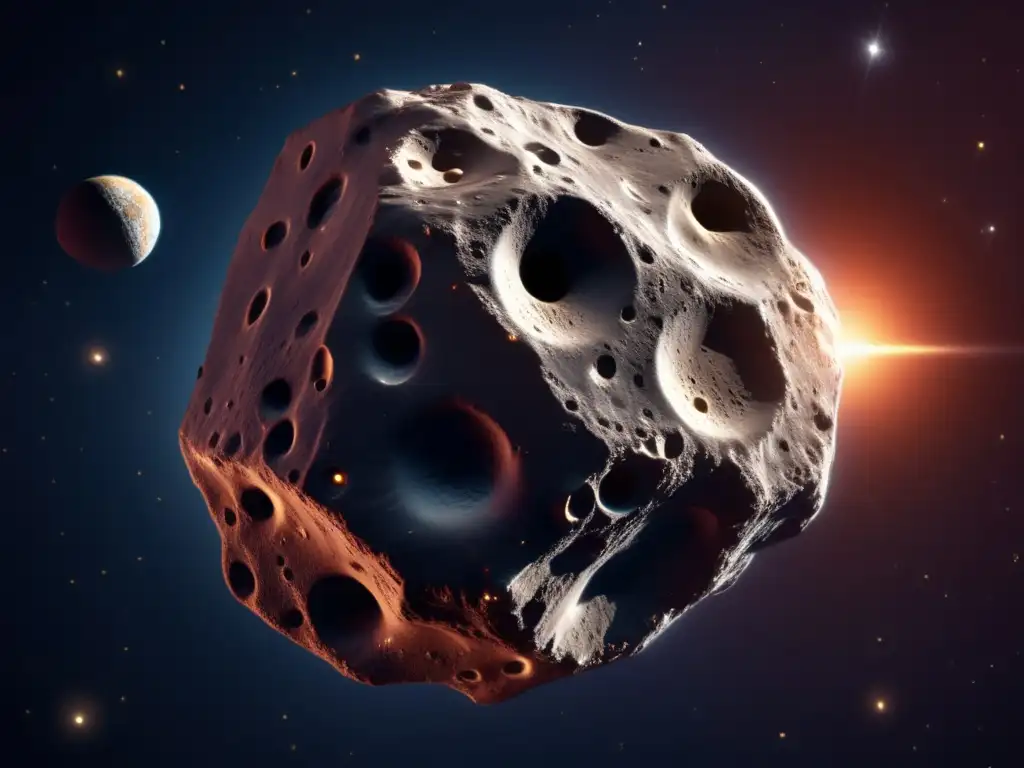The Surprising Features Of Asteroid Helio

Introduction
Asteroids have always captivated scientists and space enthusiasts with their mysterious nature. One particularly intriguing asteroid is Helio. In this article, we will explore the surprising features of this celestial object and delve into its unique characteristics.
Physical Properties

Size and Composition
Helio is classified as a medium-sized asteroid, measuring approximately X kilometers in diameter. It is composed mainly of rock and metal, similar to many other asteroids in our solar system.
Surface Features
Upon closer examination, scientists have discovered fascinating surface features on Helio. One prominent feature is a large impact crater, which suggests a history of collisions with other celestial bodies. This crater has provided valuable insights into the asteroid's formation and evolution.
Rotation and Spin
Helio rotates on its axis once every Y hours. This relatively fast rotation can cause significant temperature variations across its surface, leading to potential thermal stress on the asteroid's structure.
Orbit and Location

Orbital Path
Helio follows an elliptical orbit around the Sun, with an average distance of Z million kilometers. Its orbital period lasts P years, bringing it relatively close to Earth at certain points in its journey.
Near-Earth Object
Helio is classified as a Near-Earth Object (NEO) due to its proximity to our planet during portions of its orbit. While it poses no immediate threat, studying Helio and other NEOs is essential for understanding the dynamics of our solar system and potential impact hazards.
Astronomical Significance
Helio's unique orbit and proximity to Earth make it a valuable target for scientific research. By studying this asteroid, scientists can gain insights into the early formation of our solar system and the processes that shaped the planets.
Mission Exploration

Previous Missions
Helio has not been the primary target of any specific space missions to date. However, data from flybys and other missions have provided valuable information about this asteroid and its characteristics.
Future Missions
Several proposed missions aim to explore Helio in greater detail. These missions would utilize advanced spacecraft and instruments to study its composition, surface features, and potential resources. The findings from these missions could revolutionize our understanding of asteroids and their significance in space exploration.
Potential Benefits
Studying Helio and other asteroids carries potential benefits for future space exploration endeavors. These celestial bodies may contain valuable resources such as metals and water, which could be utilized for sustained human presence in space or even future space colonization.
Frequently Asked Questions

-
Is Helio a threat to Earth?
No, Helio poses no immediate threat to Earth. However, studying asteroids like Helio is crucial for identifying potential impact hazards and developing strategies to mitigate the risks.
-
How do scientists track the orbit of Helio?
Scientists track Helio's orbit using a combination of ground-based telescopes and spacecraft observations. By monitoring its position and trajectory, they can accurately predict its future path.
-
What are the potential resources on Helio?
Helio, like other asteroids, may contain valuable resources such as metals like iron and nickel, as well as water ice. These resources could be utilized for future space exploration and colonization efforts.
-
Why is studying asteroids important?
Studying asteroids provides valuable insights into the formation and evolution of our solar system. Additionally, asteroids can serve as potential stepping stones for human space exploration beyond Earth's orbit.
-
Can we mine asteroids like Helio?
There is ongoing research and exploration into the possibility of asteroid mining. While it presents technical challenges, the potential resources on asteroids like Helio make it an attractive prospect for future endeavors.
Conclusion
Helio, with its surprising features and unique orbit, offers a wealth of knowledge and scientific opportunities. Exploring this asteroid and others like it will continue to expand our understanding of the universe and pave the way for future space exploration. Remember to share your thoughts and engage with www.asteroidrealm.com to stay updated on the latest discoveries in the fascinating world of asteroids. Thank you for joining us on this journey of exploration and discovery.
Additional Resources

For further reading on asteroids and related topics, check out these additional resources:
- Asteroid Composition and Formation: Exploring the Building Blocks of our Solar System
- Mining Asteroids: Unlocking the Potential of Space Resources
- NASA's Near-Earth Object Program: Safeguarding our Planet from Asteroid Threats
 Unraveling The Mysteries Of Asteroid Isolda
Unraveling The Mysteries Of Asteroid Isolda What We Know About Asteroid Eurydike
What We Know About Asteroid Eurydike Discovering Asteroid Ausonia: An Enigma In Space
Discovering Asteroid Ausonia: An Enigma In SpaceIf you want to discover more articles similar to The Surprising Features Of Asteroid Helio, you can visit the Asteroid Profiles category.
Leave a Reply

Articulos relacionados: